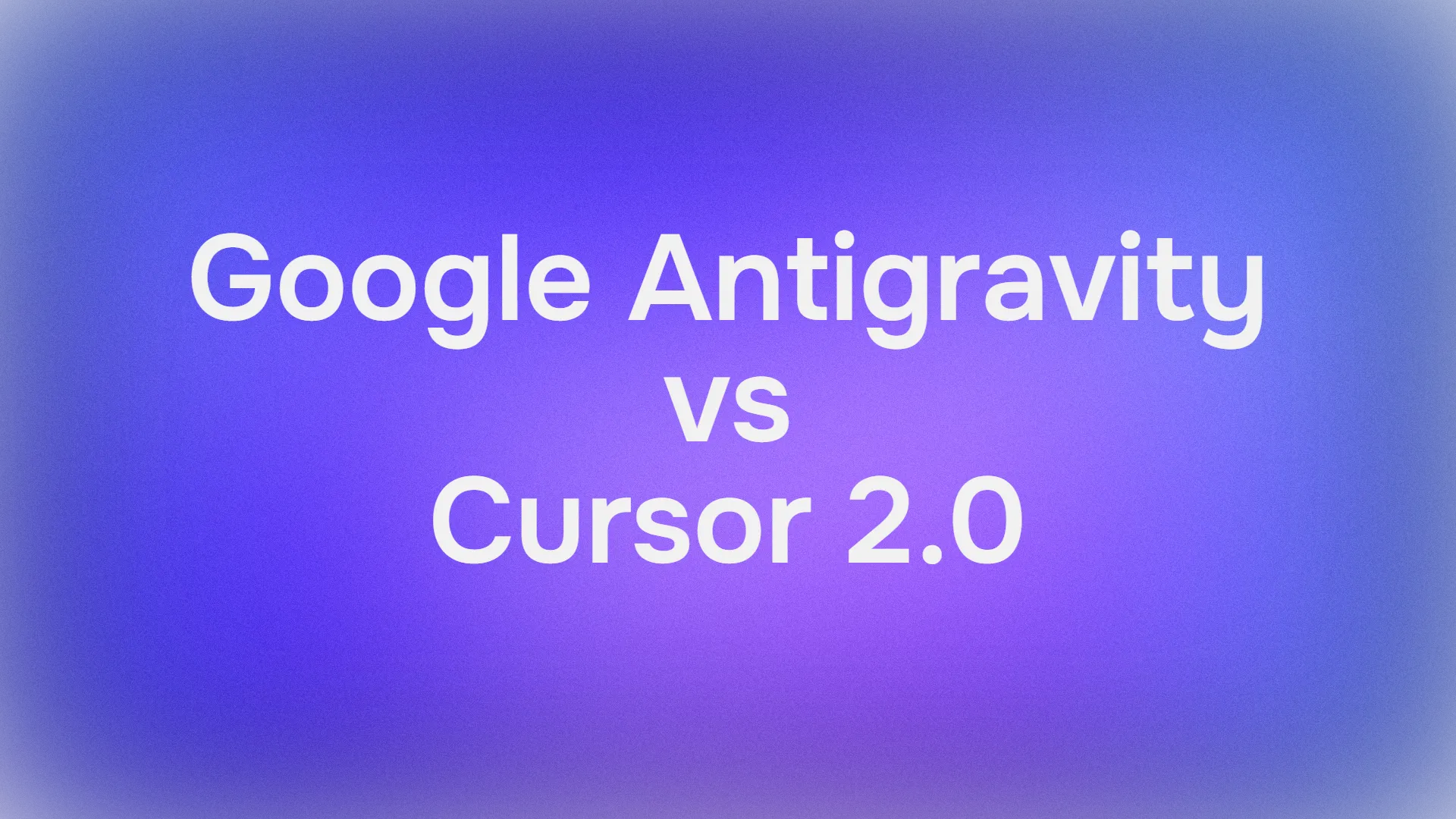Microsoft’s MAI-DS-R1, a post-trained variant of the DeepSeek R1 model, offers developers a powerful tool for building AI-driven applications. This open-weights model excels in reasoning, responsiveness, and safety, making it ideal for tasks like text generation, coding, and data analysis. Best of all, you can access it for free through platforms like Azure AI Foundry and Hugging Face. In this guide, we’ll walk you through how to leverage MAI-DS-R1 using the API with Apidog, a superior alternative to traditional API testing tools like Postman. By following this tutorial, you’ll learn to integrate and test MAI-DS-R1 efficiently.
What Is MAI-DS-R1?
MAI-DS-R1, developed by Microsoft AI, is a post-trained variant of DeepSeek R1, a state-of-the-art reasoning model designed for complex tasks such as mathematical problem-solving, coding, and logical reasoning. Unlike the original DeepSeek R1, MAI-DS-R1 undergoes extensive post-training to enhance its responsiveness to sensitive topics and reduce harmful content by over 50%, as validated by HarmBench evaluations. Consequently, it achieves a remarkable 99.3% response rate to previously blocked prompts, outperforming DeepSeek R1 by 2.2x and matching Perplexity’s R1-1776 variant in safety and satisfaction metrics.

Moreover, MAI-DS-R1 retains the original model’s reasoning prowess, scoring 91.6% on the MATH benchmark and excelling in general knowledge and coding tasks. Its open-source availability under the MIT license, hosted on platforms like HuggingFace and Azure AI Foundry, makes it accessible for developers worldwide. Next, let’s explore why accessing MAI-DS-R1 for free is a game-changer.
Why Use MAI-DS-R1 for Free?
Accessing MAI-DS-R1 at no cost offers several advantages for developers, researchers, and enterprises

- Cost-Effective Innovation: The free tier on platforms like OpenRouter and Azure AI Foundry eliminates financial barriers, enabling experimentation without subscription costs.
- Enhanced Safety: MAI-DS-R1’s post-training reduces harmful outputs, making it suitable for sensitive applications while maintaining reasoning accuracy.
- Open-Source Flexibility: The MIT license allows modifications, distillation, and commercial use, fostering custom solutions.
- Superior Performance: With performance rivaling OpenAI’s o1, MAI-DS-R1 handles multi-step reasoning tasks efficiently.
- Seamless API Integration: The OpenAI-compatible API simplifies integration into existing workflows.
To harness these benefits, you’ll need to set up the MAI-DS-R1 API. Fortunately, Apidog streamlines this process, offering a user-friendly alternative to traditional API testing tools. Let’s dive into the setup process.
Prerequisites for Using MAI-DS-R1 API
Before interacting with the MAI-DS-R1 API, ensure you have the following:
- OpenRouter Account: Sign up at openrouter.ai to access the free MAI-DS-R1 API.

- Apidog Installation: Download and install Apidog for API testing.
- Python Environment: Install Python 3.8+ and the OpenAI SDK (
pip install openai) for programmatic access. - API Key: Generate a free API key from OpenRouter’s dashboard.
- Basic HTTP Knowledge: Familiarity with RESTful APIs and cURL commands is helpful.
With these prerequisites in place, you’re ready to configure your environment. The next section outlines how to obtain and set up your API key using OpenRouter and Apidog.
Step-by-Step Guide to Accessing MAI-DS-R1 API for Free
Step 1: Obtain an OpenRouter API Key
First, navigate to openrouter.ai and create an account. After logging in, follow these steps:
- Access the API Keys section in the dashboard. Click Create Key and copy the key to a secure location.

Store the key in an environment variable or a secret management tool to prevent hardcoding.
This key authenticates your requests to the MAI-DS-R1 API. Now, let’s configure Apidog to test API calls.
Step 2: Set Up Apidog for API Testing
Apidog is a powerful, all-in-one API management tool that surpasses alternatives like Postman due to its intuitive interface, automated testing, and comprehensive documentation features.
To configure Apidog:
Create a New Project: Open Apidog and start a new HTTP project.
Configure Environment:
- Go to Environment Management and select Prod Env.
- Set the Service Base URL to
https://openrouter.ai/api/v1. - Add an environment variable named
API_KEYand paste your OpenRouter API key.
Import cURL Command:
- Copy the MAI-DS-R1 cURL command from OpenRouter’s documentation.
- Paste it into Apidog’s endpoint path using Ctrl + V. Apidog automatically parses the command.
Set Headers:
- In the Headers section, add
Authorization: Bearer {{API_KEY}}. - Include optional headers like
HTTP-RefererandX-Titlefor OpenRouter rankings.
With Apidog configured, you can now test API requests. However, let’s first explore programmatic access using Python.
Step 3: Make Your First API Call with Python
To interact with MAI-DS-R1 programmatically, use the OpenAI SDK, which is compatible with the MAI-DS-R1 API. Below is a sample Python script:
from openai import OpenAI
client = OpenAI(
base_url="https://openrouter.ai/api/v1",
api_key="<YOUR_OPENROUTER_API_KEY>"
)
completion = client.chat.completions.create(
model="microsoft/MAI-DS-R1",
messages=[
{"role": "user", "content": "Solve the equation 2x + 5 = 15 step by step."}
]
)
print(completion.choices[0].message.content)
Replace <YOUR_OPENROUTER_API_KEY> with your actual key. This script sends a prompt to MAI-DS-R1, which responds with a step-by-step solution. To optimize performance, set the temperature between 0.5 and 0.7, as recommended by DeepSeek.
Step 4: Test the API with Apidog
Instead of writing code, you can use Apidog for quick testing:
- Switch to Prod Env in Apidog.
- Modify the request body to include your prompt, e.g.,
{"messages": [{"role": "user", "content": "Explain the chain-of-thought reasoning process"}]}. - Click Send to receive the response.
- Enable streaming by setting
"stream": truein the request body for real-time output.
Apidog’s visual interface displays the response, making it easier to debug and analyze compared to tools like Postman, which lack integrated documentation and testing features.
Step 5: Deploy MAI-DS-R1 on Azure (Optional)
For production use, deploy MAI-DS-R1 on Azure AI Foundry:
- Visit ai.azure.com and search for MAI-DS-R1 in the model catalog.
- Click Deploy to access the serverless endpoint, API key, and playground.
- Use the provided API key and endpoint in your application or Apidog for testing.
This step is optional for free access via OpenRouter but useful for scaling enterprise applications.
Best Practices for Using MAI-DS-R1 API
To maximize the effectiveness of MAI-DS-R1, follow these best practices:
- Secure API Keys: Store keys in environment variables or secret management tools like AWS Secrets Manager.
- Optimize Prompts: Use clear, concise prompts with directives like “reason step by step” for complex tasks.
- Handle Rate Limits: Implement exponential backoff for retries to avoid exceeding OpenRouter’s free tier limits.
- Monitor Outputs: Validate responses for accuracy, as MAI-DS-R1 may inherit biases from its training data.
- Leverage Apidog: Use Apidog’s automated testing and mock servers to simulate API behavior during development.
By adhering to these practices, you ensure reliable and efficient integration of MAI-DS-R1 into your projects.
Why Apidog Is the Better Alternative
While tools like Postman are popular for API testing, Apidog offers distinct advantages:
- Unified Platform: Combines design, testing, debugging, and documentation, reducing tool-switching overhead.
- User-Friendly Interface: Simplifies cURL imports and environment management for beginners and experts.
- Automated Testing: Supports CI/CD integration, unlike Postman’s limited automation capabilities.
- Free Tier: Apidog’s free plan is robust, making it accessible for developers exploring MAI-DS-R1.
For instance, Apidog’s ability to parse cURL commands and manage environment variables streamlines the setup process, saving time compared to Postman’s manual configuration. As a result, Apidog is the preferred choice for testing the MAI-DS-R1 API.
Limitations and Considerations
Despite its strengths, MAI-DS-R1 has limitations:
- Bias Inheritance: The model may retain biases from DeepSeek R1’s training data, particularly in cultural contexts.
- Knowledge Cutoff: Lacks awareness of events post-training, requiring external data for recent information.
- Resource Intensity: With 671 billion parameters, local deployment demands significant GPU resources.
Mitigate these by implementing content moderation, using RAG for up-to-date information, and relying on cloud platforms like Azure or OpenRouter for free access.
Conclusion
MAI-DS-R1, Microsoft’s refined version of DeepSeek R1, offers unparalleled reasoning capabilities, enhanced safety, and free access through OpenRouter. By following this guide, you can set up the MAI-DS-R1 API, test it with Apidog, and integrate it into your applications. Apidog’s superior features make it the ideal tool for managing API requests, outshining alternatives like Postman. Whether you’re building chatbots, solving math problems, or automating research, MAI-DS-R1 empowers you to innovate cost-effectively.
Ready to get started? Download Apidog for freeand explore MAI-DS-R1’s capabilities today. Share your experiences or questions in the comments below!




